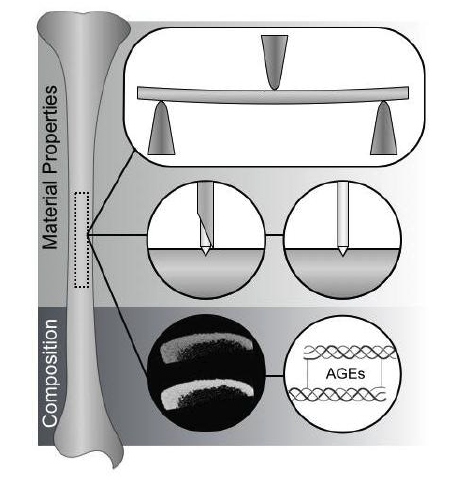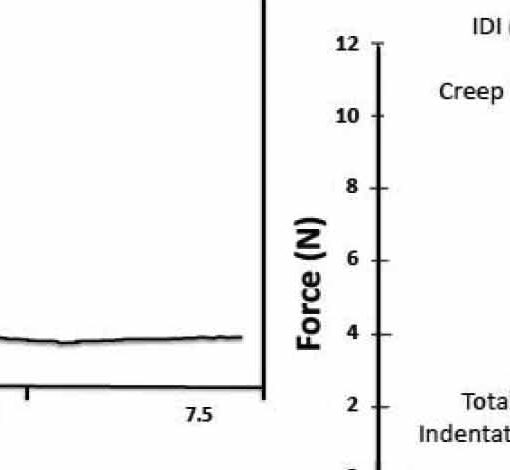Abstract
The global trend towards increased longevity has resulted in ageing populations and a rise in diseases or conditions that primarily affect older persons. One such condition is osteoporosis (fragile or porous bones), which causes an increased fracture risk. Vertebral and hip fractures lead to increased morbidity and mortality and result in enormous healthcare costs. Here, we review the evolution of the diagnosis of osteoporosis. In an attempt to separate patients with normal bones from those with osteoporosis and to define the osteoporosis diagnosis, multiple factors and characteristics have been considered. These include pathology and histology of the disease, the endocrine regulation of bone metabolism, bone mineral density (BMD), fracture type or trauma severity, risk models for fracture prediction, and thresholds for pharmacological intervention. The femoral neck BMD -2.5 SDs cut-off for the diagnosis of osteoporosis is arbitrarily chosen, and there is no evidence to support the notion that fracture location (except vertebral fractures) or severity is useful to discriminate osteoporotic from normal bones. Fracture risk models (including factors unrelated to bone) dissociate bone strength from the diagnosis, and treatment thresholds are often based on health-economic considerations rather than bone properties. Vertebral fractures are a primary feature of osteoporosis, characterized by decreased bone mass, strength and quality, and a high risk of another such fracture that can be considerably reduced by treatment. We believe that the 2001 definition of osteoporosis by the National Institutes of Health Consensus Development Panel on Osteoporosis is still valid and useful: ‘Osteoporosis is defined as a skeletal disorder characterized by compromised bone strength predisposing a person to an increased risk of fracture’.
https://www.ncbi.nlm.nih.gov/pubmed/25832448
J Intern Med. 2015 Jun;277(6):650-61. doi: 10.1111/joim.12369.



